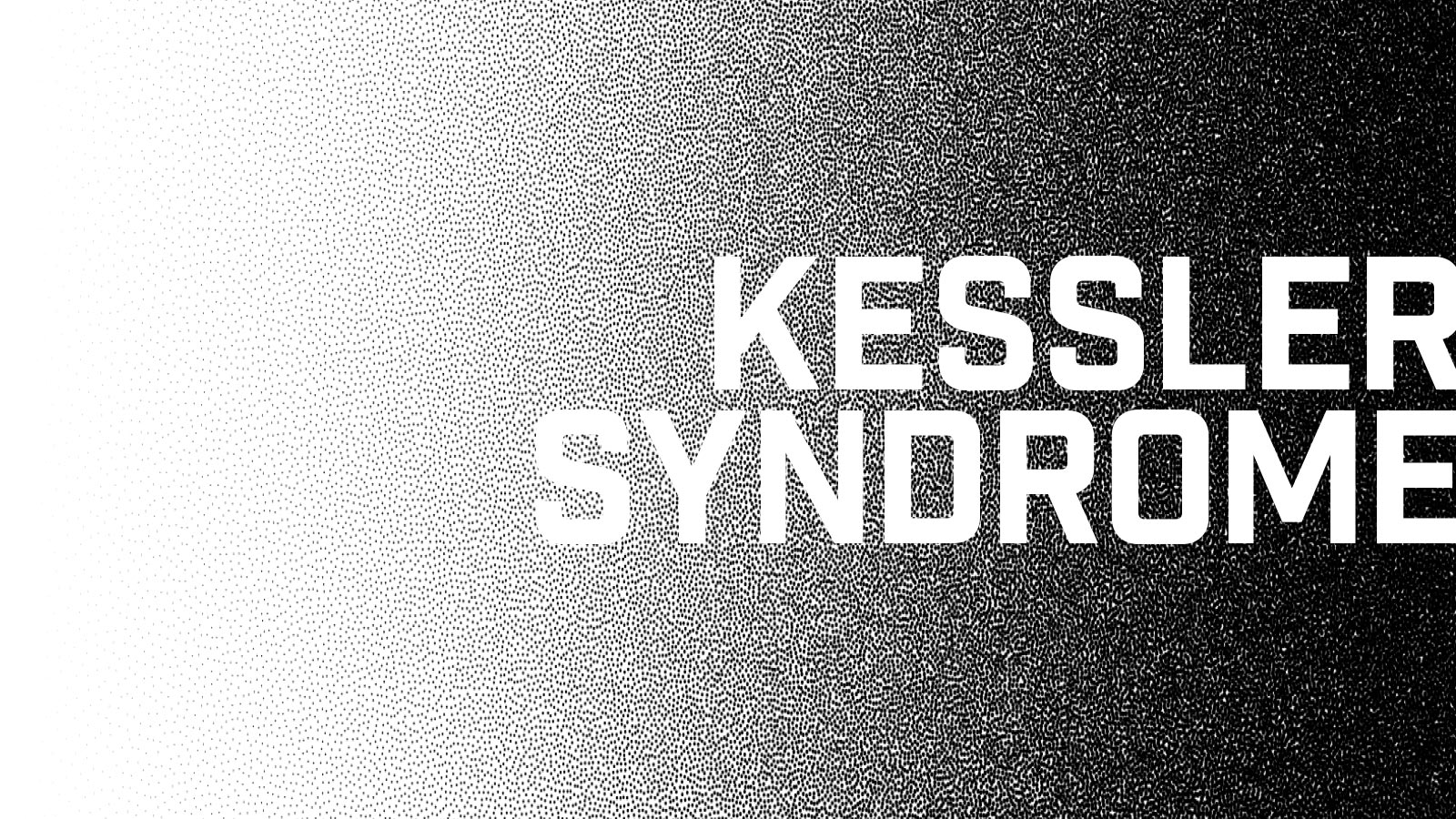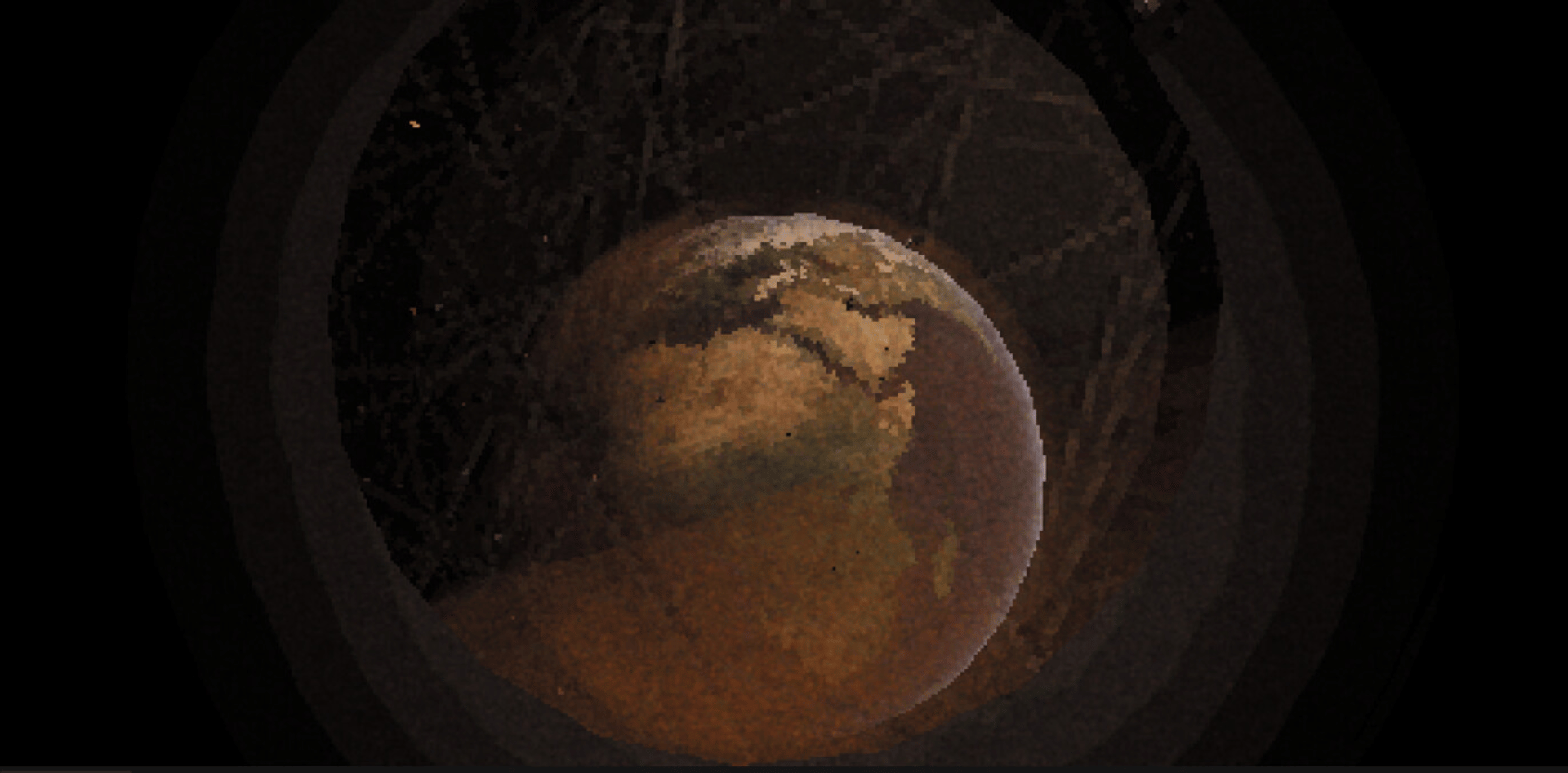What is ‘Kessler Syndrome’ — and why do some scientists think the future of space exploration hangs in the balance? It’s a terrifying scenario: a runaway chain reaction of colliding space debris, creating a dense cloud that makes further space travel practically impossible. This isn’t science fiction; it’s a very real possibility, stemming from decades of space exploration leaving behind a growing trail of defunct satellites, rocket parts, and other junk orbiting our planet.
The Kessler Syndrome, named after NASA scientist Donald Kessler who first described it, highlights the escalating threat of this space junk. We’ll explore the causes, the probability of this catastrophic event, and the ongoing scientific debate surrounding its likelihood and potential impact. We’ll also delve into the innovative mitigation strategies being developed to prevent this future dystopia.
Kessler Syndrome: A Cascade of Catastrophe in Space
Imagine a chain reaction in space, where a collision between two objects creates a shower of debris, triggering further collisions in a domino effect. This runaway process, leading to a largely unusable near-Earth orbit, is known as Kessler Syndrome. It’s a serious threat to our reliance on satellites for communication, navigation, and weather forecasting, and understanding its potential is crucial for the future of space exploration.
Kessler Syndrome Definition

Kessler Syndrome describes a scenario where the density of space debris in low Earth orbit (LEO) becomes so high that collisions become unavoidable, creating a cascading chain reaction. This chain reaction leads to an exponential increase in debris, rendering LEO practically unusable for satellites and spacecraft for a significant period. The core concept revolves around this cascading effect: one collision generates more debris, increasing the likelihood of further collisions, and so on.
The theory was first proposed by NASA scientist Donald J. Kessler and Burton G. Cour-Palais in the 1970s, highlighting the potential for a self-sustaining chain reaction of collisions in space.
The uncontrolled increase in space debris could severely impact various aspects of our daily lives, from disrupting global communication networks to hindering weather forecasting and GPS navigation. The cost of replacing damaged or lost satellites would be astronomical, and the potential for damage to crewed spacecraft is a major concern.
Causes of Kessler Syndrome, What is ‘Kessler Syndrome’ — and why do some scientists think the
Several factors contribute to the accumulation of space debris, increasing the risk of Kessler Syndrome. Understanding these sources is critical for developing effective mitigation strategies.
| Source of Space Debris | Description | Relative Contribution | Example |
|---|---|---|---|
| Defunct Satellites | Inactive satellites and their components remain in orbit. | High | Numerous aging satellites at the end of their operational life. |
| Rocket Stages | Spent rocket stages and their fragments persist in orbit. | High | Upper stages of launch vehicles after deployment of their payloads. |
| Collision Fragments | Debris created from collisions between objects in orbit. | Increasing | Fragments from the collision of a defunct satellite with a functioning one. |
| Anti-Satellite Weapon Tests | Intentional destruction of satellites generates vast amounts of debris. | Significant (but episodic) | The 2007 Chinese ASAT test, creating thousands of pieces of trackable debris. |
Probability of Kessler Syndrome
Predicting the precise likelihood of Kessler Syndrome is challenging due to the complexity of orbital dynamics and the uncertainties surrounding debris distribution. Various models employ different assumptions and parameters, leading to varying predictions.
Okay, so Kessler Syndrome is basically a runaway chain reaction of space junk collisions. Scientists worry about it because, if it happens, finding out where to watch the Texas A&M vs. USC game – like checking Texas A&M vs. USC where to watch, live stream, TV channel – might be the least of our problems.
The resulting debris field could cripple satellite operations for generations. It’s a serious threat to our space infrastructure.
- Model A: Assumes a relatively slow increase in debris, suggesting a low probability in the near future but a higher risk over longer timescales. This model often underestimates the impact of large debris.
- Model B: Incorporates a more aggressive debris generation scenario, including the effects of cascading collisions, resulting in a higher probability of Kessler Syndrome within the next few decades. This model often focuses on the potential for rapid escalation.
- Model C: Includes detailed orbital parameters and debris size distribution, offering a more nuanced prediction, but relies on extensive data and complex computations. This model aims for greater accuracy but requires substantial computational resources.
Factors such as the size distribution of debris (larger objects cause more damage and create more debris), the altitude of the debris (higher altitudes mean longer orbital lifetimes), and the rate of new launches all significantly affect the predictions. Increased launches without adequate mitigation strategies significantly increase the probability, while effective debris removal efforts could lower it.
Scientific Concerns and Debate

The scientific community largely agrees on the potential for Kessler Syndrome, but there is debate regarding the urgency and likelihood of its occurrence. The long-term impacts on space exploration and satellite operations are significant, potentially hindering scientific research, communication systems, and navigation technologies. The potential for damage to crewed spacecraft is also a major concern.
Some scientists emphasize the need for immediate action, citing the potential for a rapid escalation of the problem, while others argue that the risk is overstated and that mitigation efforts should be prioritized based on cost-effectiveness. The perspectives often differ based on the models used and the emphasis placed on specific risk factors.
Okay, so Kessler Syndrome is this scary idea where space junk collides, creating more junk, leading to a catastrophic chain reaction. It’s a bit like how, as seen in this amazing sports highlight Arkansas football tops Texas Tech in Liberty Bowl behind explosive , one great play can lead to another. Scientists worry because a similar cascading effect in space could render low Earth orbit unusable.
It’s a real threat to our space exploration efforts.
A fully developed Kessler Syndrome could lead to a scenario where launching new satellites becomes extremely dangerous or even impossible, severely limiting access to space and impacting various aspects of modern life. Repairing or replacing damaged satellites would become exponentially more difficult and costly.
Mitigation Strategies

Several mitigation strategies are being explored to reduce the risk of Kessler Syndrome. These strategies focus on preventing further debris generation and actively removing existing debris.
- Active Debris Removal: This involves developing and deploying spacecraft specifically designed to capture and remove debris from orbit. Technologies under development include nets, harpoons, and robotic arms to grapple and de-orbit debris.
- Passive Debris Mitigation: This focuses on designing spacecraft and rockets to minimize the creation of debris during launch and operation. This includes using materials that break down quickly in orbit and designing spacecraft for controlled de-orbiting at the end of their lifespan.
- International Cooperation: Addressing the space debris problem requires global collaboration. International agreements and coordinated efforts are crucial for developing and implementing effective mitigation strategies.
A hypothetical debris removal operation might involve a specialized spacecraft equipped with a robotic arm, approaching a piece of debris. The arm would carefully grasp the debris, and then the spacecraft would use its propulsion system to de-orbit the debris, causing it to burn up harmlessly in the Earth’s atmosphere.
Final Summary: What Is ‘Kessler Syndrome’ — And Why Do Some Scientists Think The
The Kessler Syndrome represents a significant challenge to our continued exploration and utilization of space. While the exact probability remains uncertain, the potential consequences are severe enough to warrant serious attention and proactive mitigation efforts. International cooperation and technological advancements in active debris removal are crucial to averting this catastrophic scenario and ensuring the long-term sustainability of space activities.
Ignoring this problem isn’t an option; the future of space exploration may depend on our ability to address it effectively.
Okay, so Kessler Syndrome is this scary idea where a cascade of collisions in low Earth orbit creates a cloud of debris, making space travel impossible. It’s a bit like how the Celtics’ resilience, as shown in their Celtics’ Character On Display In Bounce-Back Win VS. Pacers , might snowball into a winning streak. Scientists worry about Kessler Syndrome because uncontrolled debris growth could permanently cripple our spacefaring capabilities.
Quick FAQs
What is the difference between space debris and Kessler Syndrome?
Space debris is any human-made object orbiting Earth that no longer serves a useful purpose. Kessler Syndrome is a hypothetical scenario where the density of space debris becomes so high that collisions create a cascade effect, exponentially increasing the amount of debris and making space travel extremely dangerous.
How long would it take for Kessler Syndrome to develop?
There’s no single answer. Predictions vary widely depending on factors like the rate of new launches, the effectiveness of debris mitigation strategies, and the distribution of debris in orbit. Some models suggest it could happen within decades, while others predict centuries.
What are some everyday impacts of space debris?
While a full-blown Kessler Syndrome is catastrophic, even current levels of space debris pose risks. Collisions can damage functioning satellites, leading to communication disruptions, GPS inaccuracies, and even the loss of valuable scientific instruments.